On our way back to Sydney from Griffith during the Irish Tillage and Land Use Society (ITLUS) Australian tour, we travelled through Leeton and Yanco.
On our way, we visited the Yanco Managed Environment Facility, located just south of the town. There we met with David Troldahl, who explained the history and current activity of the multi-crop research facility.
Originally a prisoner of war (PoW) camp, the property then became a boys' home, an agricultural college and is now a research facility.
It used to have some sheep and dairy research, but it is now mainly concentrating on rice research and breeding, along with other crops, including cotton.
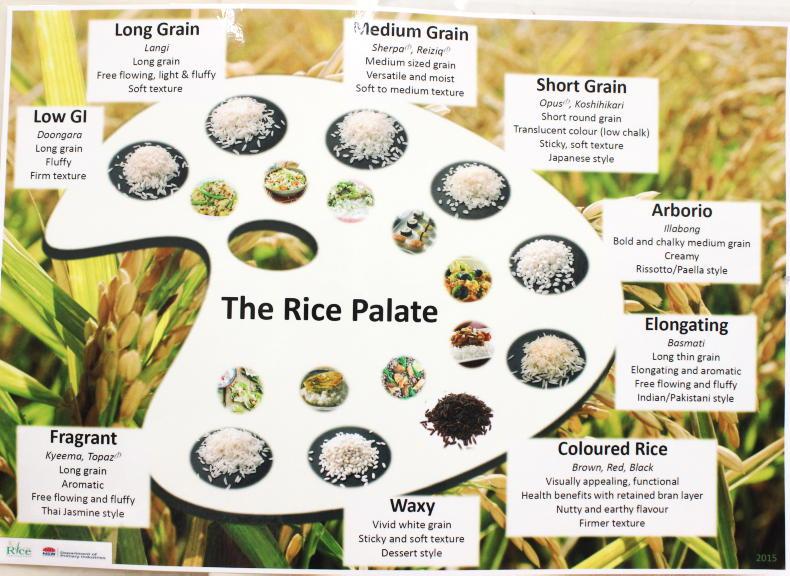
An example of the many different types of rice produced for consumers.
The centre has a range of dedicated researchers, with five working on rice, three on cotton, three entomologists and one nut-crop researcher, among others.
David commented that there was concern about the profitability of almonds in the region (we had seen lots of plantations), especially when they get most of the area's water, which is commonly in short supply.
The farm and area
The farm extends to about 800ha, with 200ha irrigated. Water is nearly always a constraint on production and on research.
Rain, when it comes, can be very intensive and short lived.
Just before the ITLUS tour arrived in January 2020, they had received 17mm of rain in just 10 minutes and that could still be seen on the land as we travelled around.
Rice production is important in the general area and is the third-largest cereal export from Australia, but it is still relatively small.
They mainly produce a temperate rice and have the highest yields in the world, but that is conditional on the availability of irrigation water. There are no major pests or diseases on the crop in the area.
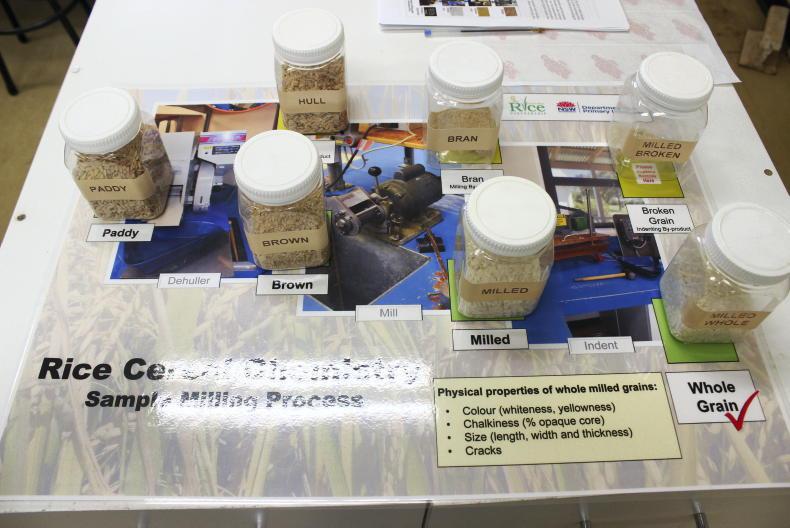
A graphical example of the rice milling process and the fractions going from whole or paddy rice to milled rice.
Water is a big issue for rice production and they have many different types grown for specific markets.
We were told that it takes about 12m litres of water to grow a hectare of rice on average and the challenge at the moment is to get this down to 9m litres per hectare.
The rice market
The rice market differentiates between long-, medium- and short-grained rice. We were told that the medium-grain size tends to go to the Middle East, while the short-grained versions are destined for Japan.
Like other cereals, there are new crop variants appearing all the time and we were told about low GII types and also about one new fragrant line that is in development.
We learned that paddy rice is that which still has its coat attached, rather than how it is grown. The paddy rice is then stripped or dehulled to produce whole grain rice, which is what is mainly marketed.
Grain color and size are also important for rice. About 6,000 new samples are analysed per year and the facility researchers continue to examine crosses that might suit potential market or quality specs.
We were told that they would normally grow about 1Mt of rice in Australia, but when we were there in 2020, production was expected to be around 50,000t, as in previous years.
When the drought ended, the expectation was that rice production would increase to around 600,000t, rather than the 1Mt which had been produced.
We were told that the average local yields from irrigated rice was 10.4ha.
Cotton things
Speaking about cotton, we were told that the crop has many issues. Australia produces between 2% and 3% of the world's cotton, but much of that is exported.
We were told that old cotton is genetically modified, mainly with Roundup Ready, but there are also a number of insect-resistant types which are very important for the crop.
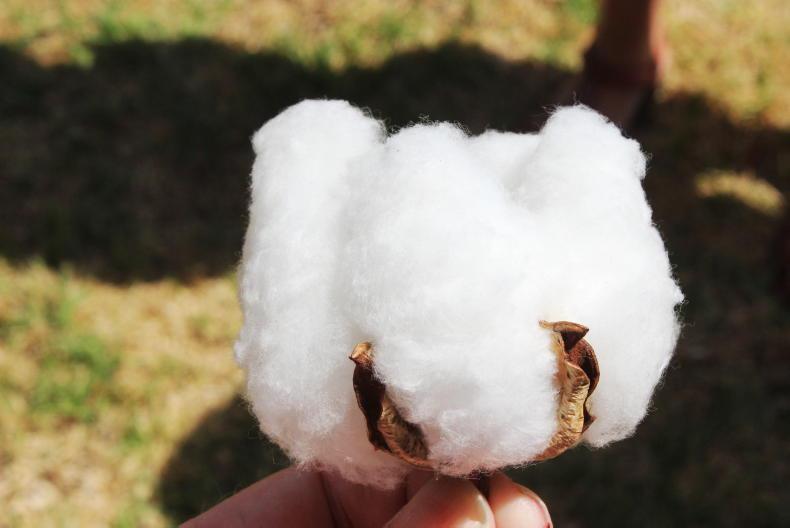
A cotton boll is the mature seed head which can contain 20 to 50 seeds wrapped up in the fibre.
We were informed that there were two new other herbicide resistance traits coming - glufosinate and dicamba resistance. While some see these as solutions, the researchers saw them as potential new problems.
Cotton has become quite a political crop in Australia, mainly because of its high water and chemical requirement. But the researchers said that its water use is not as high as rice.
The chemicals used on cotton have been associated with fish kills. It is expensive to produce, but it is still profitable, given the high value of the crop at the time.
Indeed, we were told that much of the seed for subsequent planting had been sold because of this high value.
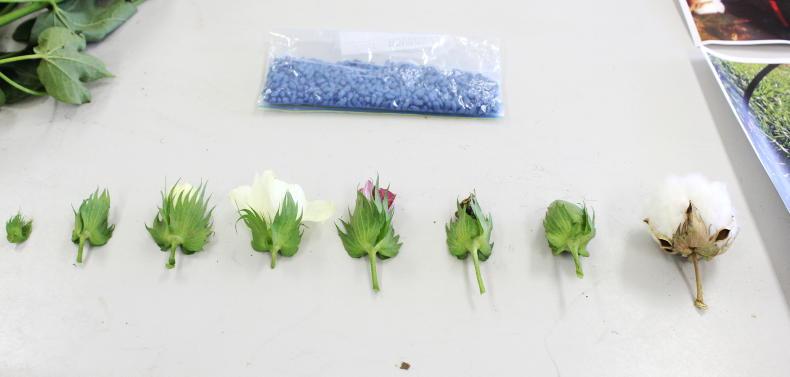
The different stages of cotton plant seed head development, as seen at the research station.
Cotton is technically a perennial plant, which must therefore be killed for harvest. The cotton itself is carried in a boll, which will burst open before harvest.
Yield is measured in 500 pound (227kg) bales per hectare, with 10 bales being the industry standard (all irrigated) and 12 bales regarded as being quite good under irrigation.
We were told the cotton yields have been increasing by one bale per hectare every 10 to 15 years due to plant breeding and husbandry.
After harvest, the cotton is put through a gin, which separates the fibre from the seeds. There are an estimated 20 to 50 seeds per boll. There are a lot of quality specifications for price and so there are a lot of potential value downgrades also.
On our way back to Sydney from Griffith during the Irish Tillage and Land Use Society (ITLUS) Australian tour, we travelled through Leeton and Yanco.
On our way, we visited the Yanco Managed Environment Facility, located just south of the town. There we met with David Troldahl, who explained the history and current activity of the multi-crop research facility.
Originally a prisoner of war (PoW) camp, the property then became a boys' home, an agricultural college and is now a research facility.
It used to have some sheep and dairy research, but it is now mainly concentrating on rice research and breeding, along with other crops, including cotton.

An example of the many different types of rice produced for consumers.
The centre has a range of dedicated researchers, with five working on rice, three on cotton, three entomologists and one nut-crop researcher, among others.
David commented that there was concern about the profitability of almonds in the region (we had seen lots of plantations), especially when they get most of the area's water, which is commonly in short supply.
The farm and area
The farm extends to about 800ha, with 200ha irrigated. Water is nearly always a constraint on production and on research.
Rain, when it comes, can be very intensive and short lived.
Just before the ITLUS tour arrived in January 2020, they had received 17mm of rain in just 10 minutes and that could still be seen on the land as we travelled around.
Rice production is important in the general area and is the third-largest cereal export from Australia, but it is still relatively small.
They mainly produce a temperate rice and have the highest yields in the world, but that is conditional on the availability of irrigation water. There are no major pests or diseases on the crop in the area.

A graphical example of the rice milling process and the fractions going from whole or paddy rice to milled rice.
Water is a big issue for rice production and they have many different types grown for specific markets.
We were told that it takes about 12m litres of water to grow a hectare of rice on average and the challenge at the moment is to get this down to 9m litres per hectare.
The rice market
The rice market differentiates between long-, medium- and short-grained rice. We were told that the medium-grain size tends to go to the Middle East, while the short-grained versions are destined for Japan.
Like other cereals, there are new crop variants appearing all the time and we were told about low GII types and also about one new fragrant line that is in development.
We learned that paddy rice is that which still has its coat attached, rather than how it is grown. The paddy rice is then stripped or dehulled to produce whole grain rice, which is what is mainly marketed.
Grain color and size are also important for rice. About 6,000 new samples are analysed per year and the facility researchers continue to examine crosses that might suit potential market or quality specs.
We were told that they would normally grow about 1Mt of rice in Australia, but when we were there in 2020, production was expected to be around 50,000t, as in previous years.
When the drought ended, the expectation was that rice production would increase to around 600,000t, rather than the 1Mt which had been produced.
We were told that the average local yields from irrigated rice was 10.4ha.
Cotton things
Speaking about cotton, we were told that the crop has many issues. Australia produces between 2% and 3% of the world's cotton, but much of that is exported.
We were told that old cotton is genetically modified, mainly with Roundup Ready, but there are also a number of insect-resistant types which are very important for the crop.

A cotton boll is the mature seed head which can contain 20 to 50 seeds wrapped up in the fibre.
We were informed that there were two new other herbicide resistance traits coming - glufosinate and dicamba resistance. While some see these as solutions, the researchers saw them as potential new problems.
Cotton has become quite a political crop in Australia, mainly because of its high water and chemical requirement. But the researchers said that its water use is not as high as rice.
The chemicals used on cotton have been associated with fish kills. It is expensive to produce, but it is still profitable, given the high value of the crop at the time.
Indeed, we were told that much of the seed for subsequent planting had been sold because of this high value.

The different stages of cotton plant seed head development, as seen at the research station.
Cotton is technically a perennial plant, which must therefore be killed for harvest. The cotton itself is carried in a boll, which will burst open before harvest.
Yield is measured in 500 pound (227kg) bales per hectare, with 10 bales being the industry standard (all irrigated) and 12 bales regarded as being quite good under irrigation.
We were told the cotton yields have been increasing by one bale per hectare every 10 to 15 years due to plant breeding and husbandry.
After harvest, the cotton is put through a gin, which separates the fibre from the seeds. There are an estimated 20 to 50 seeds per boll. There are a lot of quality specifications for price and so there are a lot of potential value downgrades also.








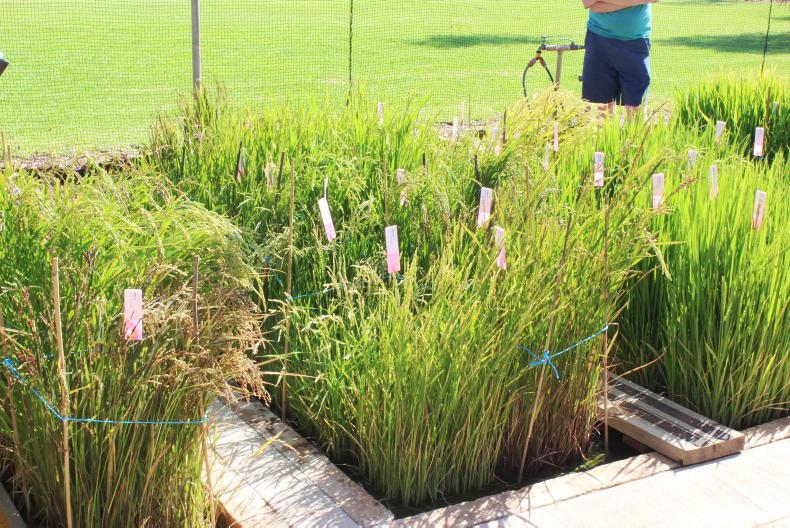
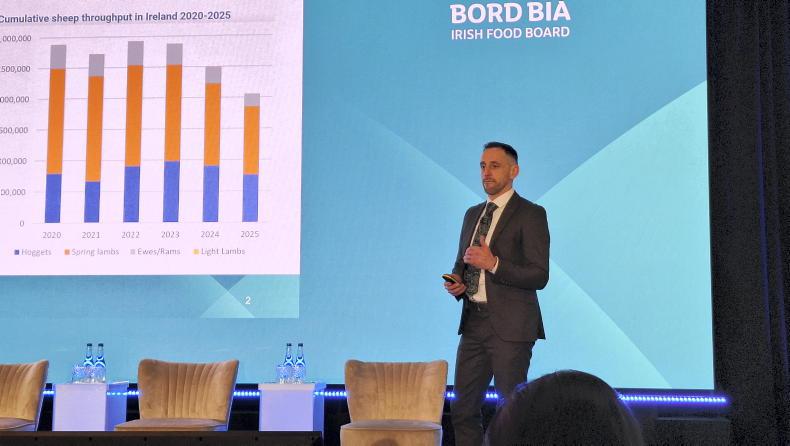


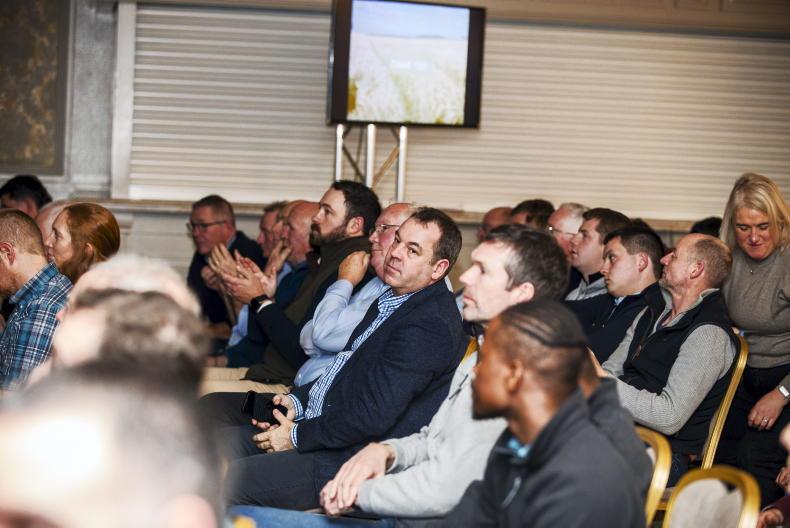
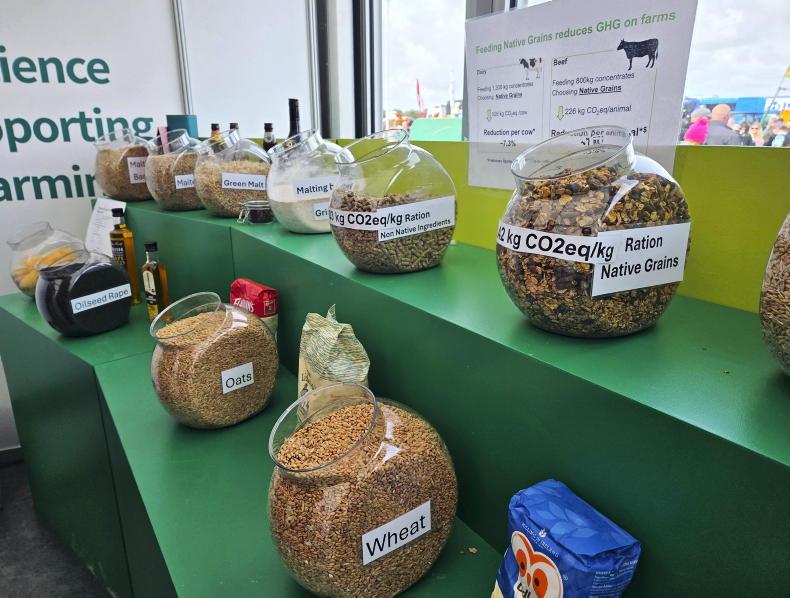
SHARING OPTIONS